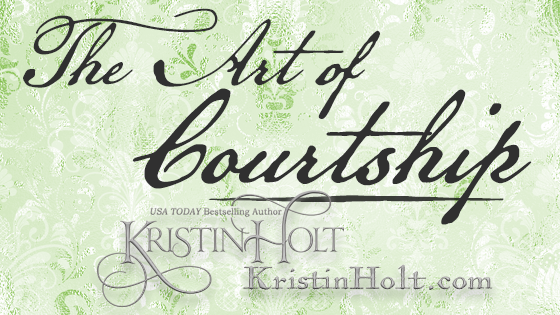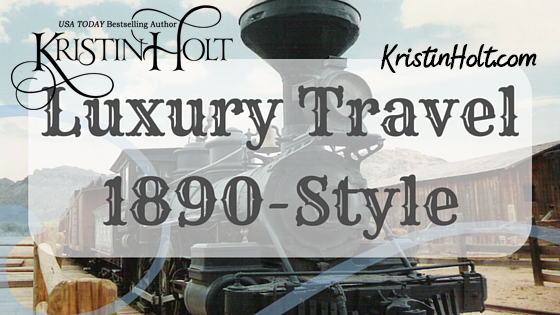
by Kristin Holt | Jul 23, 2022 | Articles
After the advent of Victorian commercially prepared gelatin came colored, flavored boxed gelatin. The Jell-O brand was born in 1899. The new brand’s four-flavor line-up was well-received by housekeepers (wives), and continually promoted by the food manufacturer. Newspaper recipes urged cooks to rely on Jell-O brand gelatin in dessert making.
Don’t miss any one of this 8-part blog series on Victorian America’s Jellies.

by Kristin Holt | Jun 17, 2019 | Articles
The Art of Courtship: Vintage wisdom relayed from the mid-nineteenth century to a newspaperman thirty years later (in 1887) sheds light on choosing a wife, beginning a courtship, different types of girls (shy, coquette [flirt], “vidders” [widows], and old maids, etc.). Victorian attitudes are prevalent, including the general idea that the sick and infirm aren’t suitable to marriage (think of the children!). Everything you wished your great-great grandpa had told you about courting… and more.

by Kristin Holt | Jan 3, 2019 | Articles
We know coffee was an every-day commodity in the Victorian American West, but how much do you know about its availability, preparation methods, the era’s tried-and-true substitutions, and where it was purchased? Come see!

by Kristin Holt | May 18, 2017 | Articles
An unnamed Dress Reformer, utterly against “tight lacing” (corsets), uses the art of poetry to explain that everything that ills a woman–from her attitude to her nature, from length of life to a red-tipped nose–is all a result of the ill-fated habit of tightly cinched corsets. This vintage newspaper publication is an example of the American Victorian’s use of humor to blame fashion on craziness with a price too steep to pay.

by Kristin Holt | Jan 9, 2016 | Articles
“In the late 19th century Gilded Age, wealthy individuals had finely appointed private cars custom-built to their specifications. Additionally many cars built by Pullman, Budd, and other companies that were originally used in common carrier service as passenger cars were later converted to business and private cars. There are various configurations, but the cars generally have an observation platform, a full kitchen, dining room, state room, an observation room, and often servant’s quarters.”













